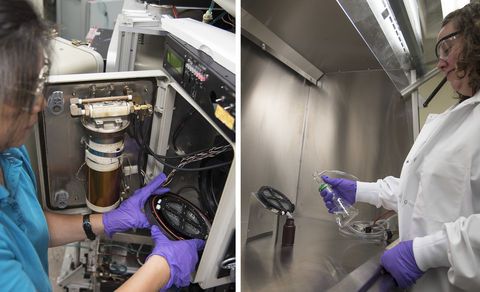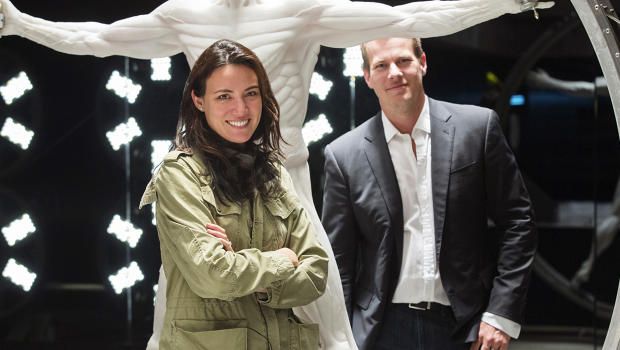Oct 1, 2016
Scientists astonished to discover mysterious, extremely deep underwater cave
Posted by Karen Hurst in category: robotics/AI
A group of Polish cave divers have stumbled upon what would be the world’s deepest underwater cave. The cave is called Hranicka Propast, and it was recently examined with an underwater robot in the Czech Republic.
While scientists have always known this mysterious cave to be deep, it was until a team of spelunkers took a closer look that they realized just how astonishingly deep it was. They have measured it at 1,325 feet deep, which would make it the deepest cave yet discovered on Earth. The previous record holder is Pozzo del Merro, a cave in Italy that is 1,286 feet deep.
This isn’t your typical diving scenario, so the team needed a remote operative vehicle to access this cave. Still, scientists have dived their before — many times over the years, in fact. It has often been explored because it was formed from hot mineral water bubbling from the bottom, and not from rain coming down as is the case in most caves. It’s a very unusual geological feature.
Continue reading “Scientists astonished to discover mysterious, extremely deep underwater cave” »


















